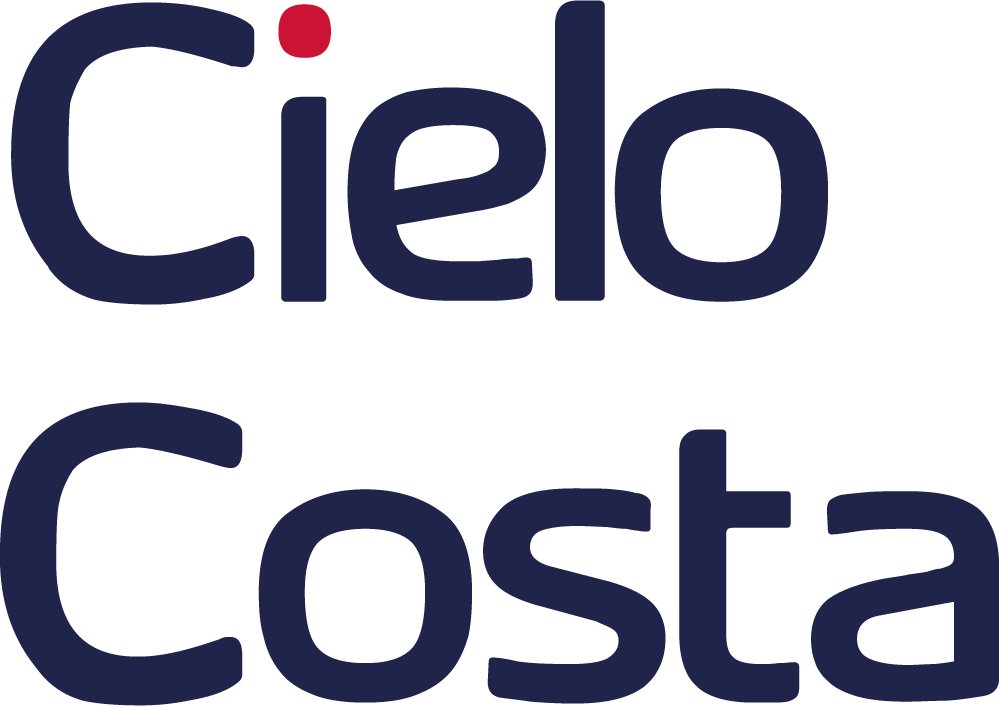Artificial Intelligence tools and services dominated the agenda at the Microsoft Ignite 2022 conference. Driving a key conference theme of ‘Do more with less’, the company have doubled down on integrating AI with core business productivity solutions and further enhancing its offerings in the development and data analysis spaces with AI-fuelled tech.

Satya Nadella
AI has long been discussed in the realms of conference halls and textbooks as the great hope for the future of technology – but little has ever been done by the large tech firms to integrate AI into everyday tools and services beyond the realms of what I would classify as ‘gimmicks’.
For several years now, Microsoft has offered a robust set of entry-level developer tools for AI in the form of Azure Cognitive Services. Still, little has been done to enable these outside custom-developed solutions. These services have slowly matured into a very robust and reliable product. This maturity, combined with some astute acquisitions and partnerships from Microsoft in the AI space, has led to some practical applications of AI alongside Microsoft’s industry-leading productivity suite – Office.
As modern hybrid workers, we all live inside productivity tools of one kind or another. For those who consume Microsoft services, that is likely to mean hours spent inside Teams, Outlook and the Office suite itself.
AI represents a real opportunity for us to be more productive and efficient with the daily tools we use. Consider these examples.
- Microsoft Editor is the tool embedded in Microsoft Office for authoring content. One of its many features provides suggestions about the content we produce. With some of the new enhancements announced at Ignite, we can get guidance and recommendations about the tone and conciseness of the content we are writing. If we review a lengthy document, then summarisation tools will allow us to generate a short, fluent summary to enable us to consume that content faster.
- Personal toolbar is a new feature in Office client software that will learn the commands and options you use the most and personalise your experience with these. Saving you time and eliminating the need to search through tabs to find the required options.
- Thanks to their partnership with OpenAI, Microsoft can bring the power of AI image generation into the flow of your work every day. Microsoft Designer is the new tool (coming soon) which will enable fully featured ‘design generation’ based on simple descriptions, concepts or ideas. Watch the promo video below or take the example of the main image for this post, which was created by DALL-E 2 from the simple phrase ‘a robot writing a document in a futuristic city’ – this power in the hands of everyday people has real potential to improve productivity.

In addition to these enhancements and tweaks to productivity tools we use daily, Microsoft is also bringing AI into the flow of content creation. On average, Microsoft 365 customers add over 1.6 billion documents every workday to the platform! That is an astonishing volume of data we generate and store inside tools like OneDrive, SharePoint, Teams and other services.
Creating and storing content is relatively easy, but the hard part is finding the information within that vast quantity of unstructured data when it is helpful to you. Usually, this would require domain experts with time to review, categorise, summarise and tag these documents with vital metadata. That is hugely time-consuming and expensive though, and so is often missed out when content is created. This is where Microsoft Syntex comes in.
With Syntex, you can automate your content creation process – capturing the information in your documents and transforming that unstructured data into information and working knowledge for your organisation.
Syntex helps with content assembly through modern templates to generate repetitive documents quicker, more consistently and with fewer errors. It also provides document processing, advanced tagging and search features to ensure that the content you add to Microsoft 365 is well understood and can easily be found again.

With these new features, the power of AI combined with the elements of Office that we rely on every day will finally start to significantly impact our productivity – delivering on the promise that AI has long suggested is possible but never entirely delivered on.
Cielo Costa can help you to understand where these tools will be effective in your business and can help you to leverage the power of Microsoft 365 and get the best return on your investment in licensing, get in touch with us to find out more or to arrange an envisioning session with myself.









